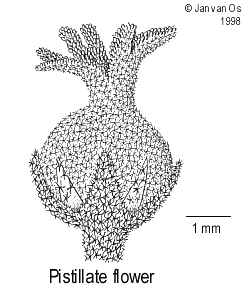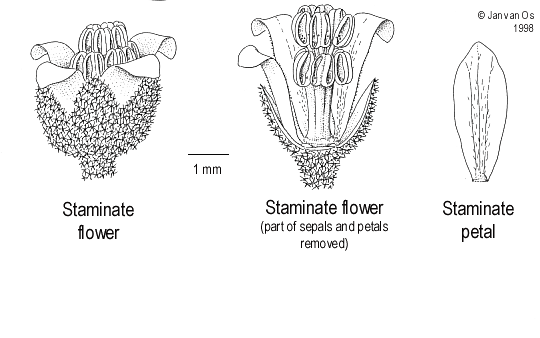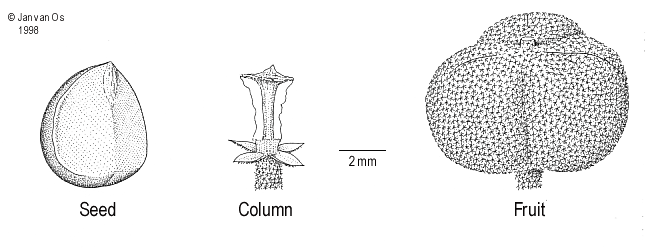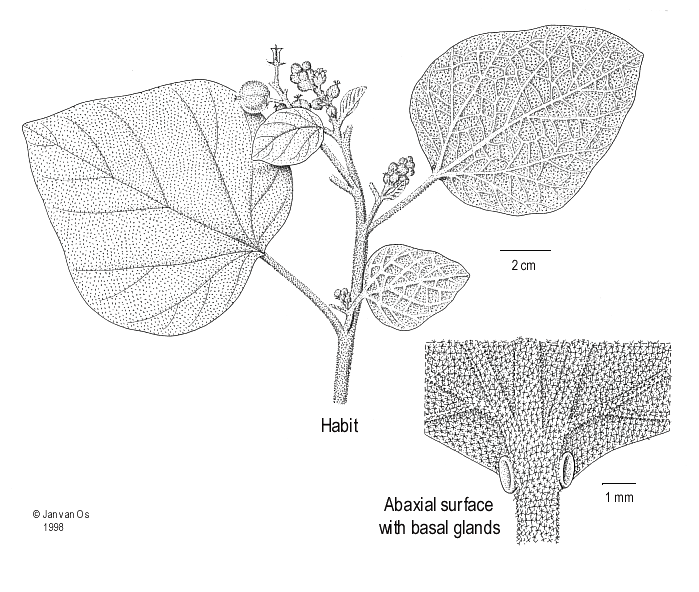Kingdom :
Animalia
Phylum :
Chordata
Class :
Aves
Order :
Psittaciformes
Family :
Psittacidae
Genus :
Psittacus
Species :
P. erithacus
There are two
subspecies universally accepted
- Congo African Grey Parrot (Psittacus erithacus erithacus):
- Timneh African Grey Parrot (Psittacus erithacus timneh):
Description :
The African grey parrot (
Psittacus erithacus) is famous for its intelligence and ability to mimic human speech, making it one of the most popular of all avian pets. One of the largest parrots in Africa,
the African grey parrot has pale grey plumage, with whitish edges to
the feathers on the head and neck, which give a lacy or ‘scalloped’
appearance. The flight feathers are darker grey, the rump pale and the
short tail a striking red. The beak is black, and on the face a large
area of bare white skin surrounds the pale yellow eye.
Both male and female African grey parrots are similar in appearance,
while juveniles can be recognised by a dark grey or black eye,
grey-tinged undertail-
coverts and a darker red tip to the tail.
Two
subspecies of African grey parrot were previously recognised:
Psittacus erithacus erithacus, sometimes known as the red-tailed African grey parrot or the Congo African grey parrot, and
Psittacus erithacus timneh, also known as the Timneh African grey parrot. However,
P. e. timneh is now believed to be a separate species, the Timneh parrot (
Psittacus timneh).
A separate population of African grey parrots on the island of Príncipe
in the Gulf of Guinea was previously considered to be a third
subspecies,
Psittacus erithacus princeps, but is now included with
P. e. erithacus
Length : 33 cm
Weight : 400 - 490 g
Biology
The African grey parrot feeds on a variety of fruits, seeds and nuts, particularly those of the oil-palm, Elaeis guineensis. It is also known to do damage to maize crops. The species can travel considerable distances in search of fruiting trees, and may also make seasonal movements out of the driest parts of its range during the dry season.
The African grey parrot often roosts in large groups, and forms large,
noisy flocks, the birds calling to each other with a variety of squawks,
whistles, shrieks and screams, both at rest and in flight.
In addition to its ability to mimic human speech, this parrot has also
been found to mimic other bird and mammal calls in the wild.
The nest of the African grey parrot is generally a simple cavity, high in a tree. Two to three eggs are usually laid, and hatch after an
incubation period of between 21 and 30 days, the young leaving the nest around 80 days later. Captive African grey parrots may live for up to 50 years.
In recent years, research on a captive African grey parrot known as
‘Alex’ has highlighted the impressive intelligence of this species. Intelligence of
African grey parrots is comparable to that of marine mammals, apes and
even young children.
Distribution
The African grey parrot has a wide distribution across tropical Africa,
from south-eastern Côte d’Ivoire east to Kenya and Tanzania, and south
to Angola, including populations on the islands of Príncipe and São Tomé
Habitat:
The African grey parrot inhabits both
primary and
secondary lowland moist forest. It has also been observed at forest edges and clearings, and sometimes occurs in mangrove forest,
gallery forest, savanna woodland and in cultivated areas. The African grey parrot is often found in areas of oil-palms (
Elaeis guineensis), on which it likes to feed, and commonly roosts in raphia palms overhanging watercourses, or on offshore islands.
For people who are new to rearing congo african grey parrots u can click on the links given below which will be more helpful
- Link 1
- Link 2
So far the above description is about African Grey Parrot and its details from various people.
Now comes my experience. Alvy came to our house when it was barely 3 weeks old. Each and every day many new habits showing that Alvy is growing and learning new things.
My African Grey Parrot stages every week
 |
| 17.04.14 - (3 weeks old)
|
 |
| 24.04.14 - (4 weeks old)
|
 |
| 01.05.14 - (5 weeks old) |
 |
| 08.05.14 - (6 weeks old) |
.JPG) |
| 15.05.14 - (7 weeks old) |
.JPG) |
| 22.05.14 - (8 weeks old) |













.JPG)
.JPG)




